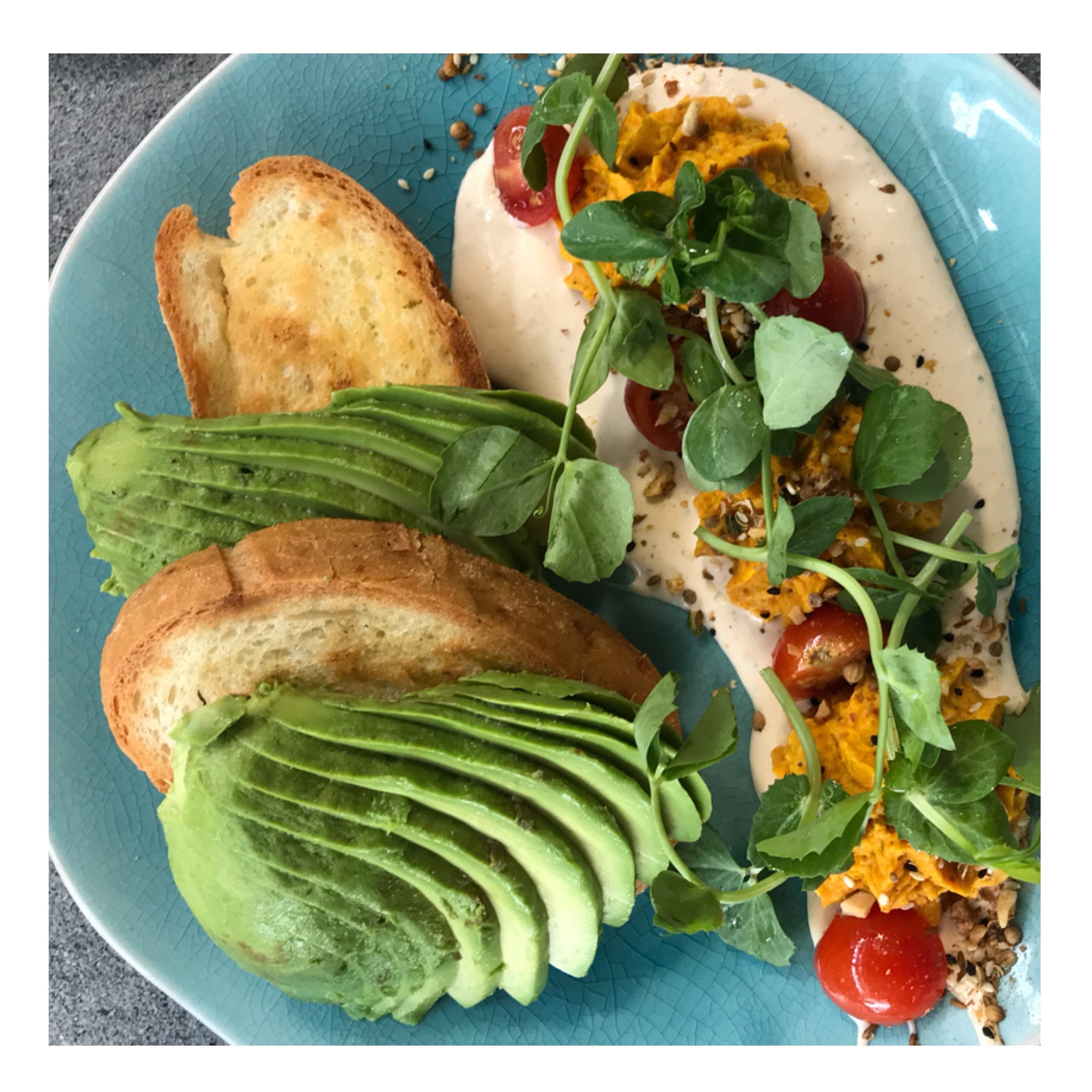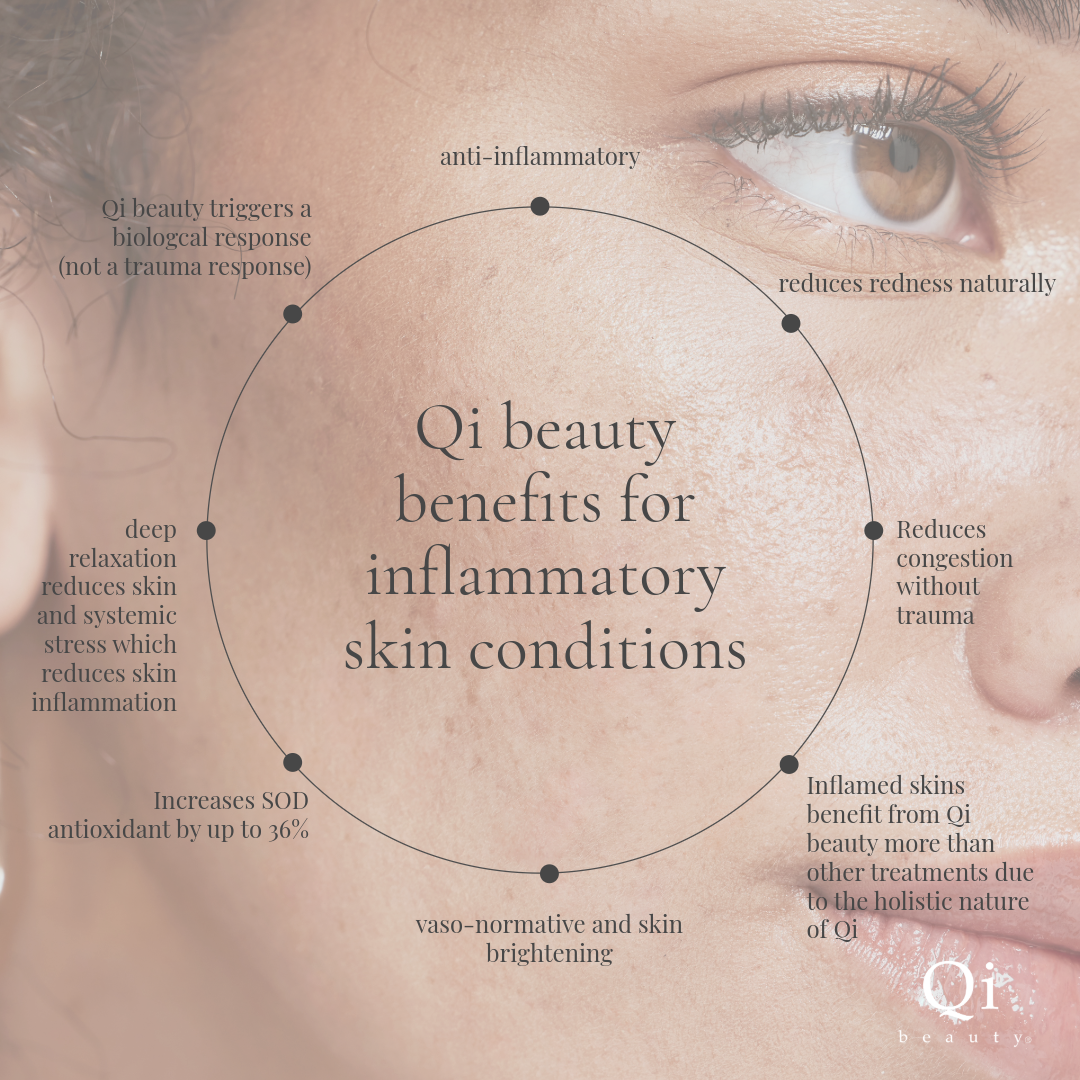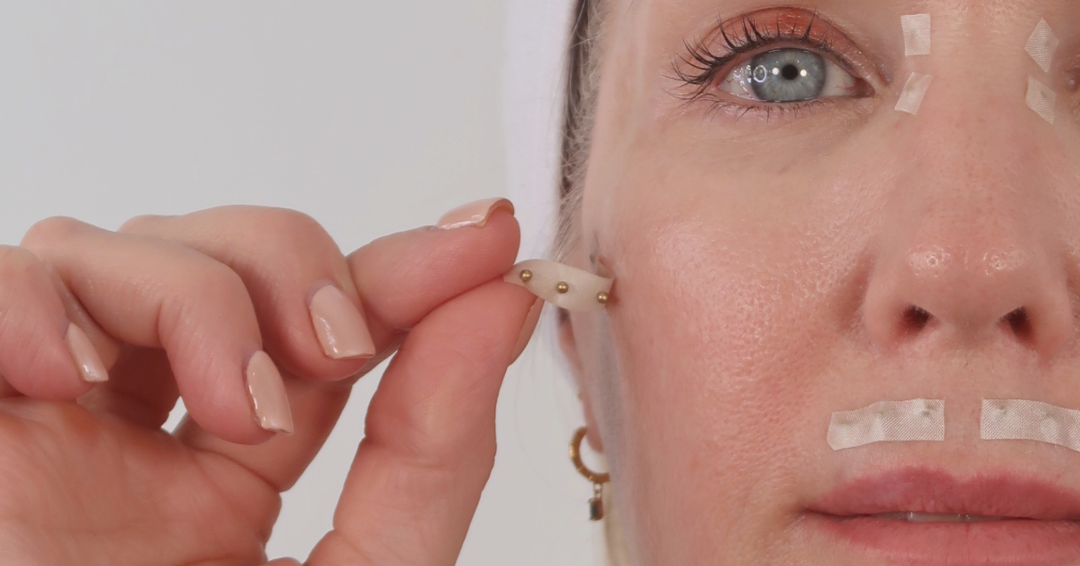
Healthy Skin_ Is your skin changing?
Even when we pass our 20’s with the basic life lessons almost sorted, the frustration of unexplained cyclic skin changes is a constant tap on the shoulder that our work is never done. The first response is usually to hide the chocolate and alcohol supplies in inconvenient locations or flushing them from our life altogether but we need a better approach when our skin is changing and we want to fix it.
Traditionally, we hit the supermarket to make sure we had stock of cosmetic skin essentials, but now we know that’s not how it works. Presuming we are already using skin care with no nasties, our skin essentials trip doesn't take us to the cosmetic isle, it takes us to fresh produce, because our skin is profoundly effected by what we eat and how we live.
To nurture a healthy skin state, we need to start with the powerhouse, the liver.
Our skin has it’s own set of essential internal needs to help repair complexion (pigmentation and colour), texture (smooth, rough, lined), and secretions (oily, dry). To nurture a healthy skin state, we need to start with the powerhouse, the liver. If the liver is stressed we can develop pigmentation, congestion and skin that looks a little dull, tired and lined, which is a nice way of saying older. If the liver is challenged, all skin processes and rhythms are disturbed. So we need to walk past the cosmetics to the fresh food section.
The liver plays a significant detoxifying role, responsible for cleaning the blood and filtering the toxic load efficiently. If our liver is stressed, then every system is responding, even skin. We know to support the liver we need to start the day with a half cup of warm water, eat balanced and easily digestible meals and to avoid cold drinks and foods. Instead we require warmed foods (lightly steamed) as opposed to lots of salads. When browsing the fresh food isles we need to think 80% alkaline and 20% acid foods because it’s the best ratio for the liver and it almost guarantees we are getting plenty of anti-oxidants. Some obvious acid forming foods are eggs, salami, salmon, veal, duck, white bread, flour, wheat, noodles, cornflakes so our daily diet should only consist of 20% of these foods. Some Alkaline forming foods are alfalfa, all vegetables including oriental vegetables such as daikon, maitake, nori, and dandelion root. Apples, avocado, blueberries, cherries, fresh coconut, almonds, flaxseed and most fats and oils are also Alkaline, so 80% per day of these is recommended. Following a reliable Acid - Alkaline food chart which lists over 220 foods is really the only way to monitor just how much we are asking the liver to do every day.





